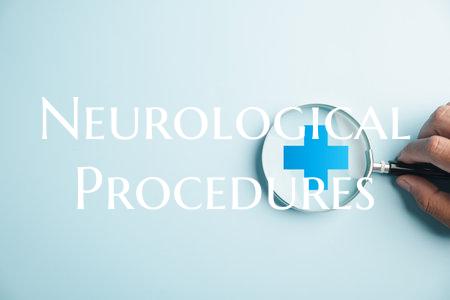
Neurological Procedures
Neurological procedures encompass a vast array of medical techniques used to diagnose and treat conditions affecting the brain, spinal cord, and nerves. These procedures are crucial in understanding and managing various neurological disorders, ranging from headaches and migraines to more complex conditions like Parkinson's disease, epilepsy, and strokes.
One of the most common neurological procedures is the electroencephalogram (EEG), which measures electrical activity in the brain to diagnose disorders such as epilepsy and sleep disorders. Another widely used procedure is the electromyography (EMG), which assesses the health of muscles and the nerves controlling them.
For more advanced conditions, neurologists may perform brain imaging techniques such as magnetic resonance imaging (MRI) and computed tomography (CT) scans to visualize the structures of the brain and identify abnormalities such as tumors, hematomas, or brain injuries.
Neurosurgical procedures are often necessary for conditions like brain tumors, aneurysms, and spinal cord injuries. These procedures may involve minimally invasive techniques like stereotactic radiosurgery or more invasive procedures like craniotomy and spinal fusion.
In recent years, innovative procedures like deep brain stimulation (DBS) have emerged as effective treatments for Parkinson's disease, essential tremor, and dystonia. DBS involves the implantation of electrodes in specific areas of the brain to modulate abnormal nerve signals and alleviate symptoms.
Overall, neurological procedures play a crucial role in the diagnosis, treatment, and management of various neurological conditions. Advancements in technology and techniques continue to expand the possibilities for improving patient outcomes and quality of life in the field of neurology.